How much time have you spent thinking about your future death? If you’re like most people, probably not much. Thinking about your death or that of a loved one can bring up plenty of unpleasant emotions, but having a plan to take care of the details can ease some of the stress in a time of grieving. So if you’ve lost someone close to you or just want to create a plan for the future, follow this checklist to help you deal with the financial side of an unexpected death.
Organize Documents
In the aftermath of a loved one’s passing, his or her will is not the only document you will need. In order to do things like request benefits or change the name on car titles, you will also need copies of the following:
Birth certificate
Death certificate
Marriage certificate
Social Security card
Automobile titles
Property Deeds
Insurance policies
Bank, investments, and retirement account statements
If you want to plan ahead, ask yourself: Do you have an organized filing system, or are all your important documents strewn about in different places? As you organize your family’s documents, make sure the appropriate people have access to the information they will need in the event of an unexpected death.
Notify The Appropriate Contacts
There are a few people you will need to contact who will be able to help you through the process of taking care of the deceased’s finances. As soon as you are able, reach out to their financial advisor, insurance agent, attorney, and accountant. These professionals are trained to know how to handle an unexpected death, and they will be able to direct you to the right sources of information and help you make the best decisions possible.
Take Care Of Immediate Financial Needs
When someone close to you dies, there are many time-sensitive tasks that need to be taken care of. These tasks often have a financial element involved. For example, when making funeral arrangements and covering burial expenses, be sure to review life insurance policies and look for any pre-arrangement details or last wishes the deceased may have left. Some expenses may be covered, which will save you a financial headache. Speak to the deceased’s financial advisor to see if there are any easily accessible funds set aside for bills or debt payments that cannot be deferred.
Review Benefits
Surviving family members may be entitled to certain benefits, such as Social Security benefits and perhaps pension benefits, life insurance, and annuities. Contact the human resources department of the deceased’s employer, who can explain and document the following benefits that may be available to you, including:
Life insurance
Healthcare, or extended healthcare coverage through COBRA
Compensation due, such as stick options or unused vacation pay
401(k) or pension
Depending on your relationship to the deceased, you may need to apply for Social Security survivor benefits, update insurance beneficiaries, and apply for settlement.
Manage Their Estate
Finances can get messy when someone dies. Our financial lives can be complicated, so use this list as a starting point for closing accounts, updating information, and taking care of the countless details. Look into whether the deceased had any of the following accounts and contact the institution:
Checking Account
Savings Account
Brokerage Account
IRA
401(k)
403(b)
Health Savings Account
Flexible Spending Account
College Funds
Don’t forget about debts. Debts don’t disappear when someone passes away. Investigate the following and make sure those who are now responsible for these debts are aware of the creditor’s name, outstanding balance, name on the debt, loan terms, and the amount, timing, and method of payments.
Mortgage
Home Equity Line of Credit
Automobile Loans
Personal Loans
Student Loans
Credit Cards
Make sure you don’t forget about recurring household expenses, such as utilities, and how and when to pay them: .
Property Taxes
Electricity
Sewer
Water
Natural Gas
Garbage
Telephone
Cable TV
Internet Service
Landscaping
House Cleaning
Homeowners Association Dues
Other organization membership dues
Work With A Trusted Advisor
Handling the details after the death of a loved one can be overwhelming, but you don’t have to do it alone. Financial professionals are experienced with these situations and can guide you through the steps that apply to your unique circumstances. They will not only help you take care of pressing problems and concerns, but can also help you feel more secure in a time of financial change. A financial advisor can make sure your affairs are in order, update your financial plan, and implement appropriate strategies to help you stay on track financially.

